[/caption]
It’s a place with dark skies, clear nights and ancient astronomical megaliths. What more could you want in an astro-destination? The Great Lake Alqueva Dark Sky Reserve in Portugal is the first site in the world to receive the “Starlight Tourism Destination” certification and has good atmospheric conditions for stargazing for more than 250 nights of the year, as well as having special lodging just for astro-tourists. The services for guests include late night meals and meals to go for stargazers, available telescopes and binoculars, and classes on astronomy and observing.
Astrophotographer Miguel Claro was tasked with having just two nights to take images of one part of this Dark Sky Reserve to help promote the region, and he has sent Universe Today his stunning images. “They are representative of the Monsaraz region, one of the locations covered by the Dark Sky Reserve area and that had the best dark sky measures in the process of Starlight validation,” Claro told UT. “Even being so dark, and without the presence of the Moon to light up the landscape – at this time of the year without the major presence Milky Way – I had to use very high ISO´s, so there were some differences between heaven and Earth elements, avoiding overly dark images. But the sky was so dark, that we could find M33 with unaided eye.”
Enjoy several of Claro’s images below, as well as finding out more about this dark sky destination.
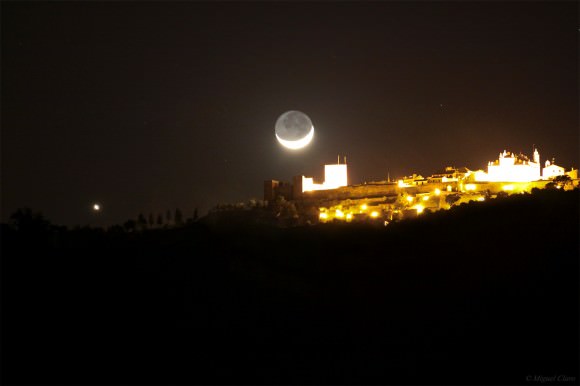
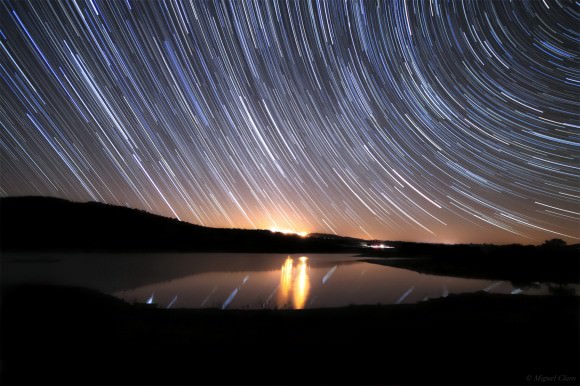
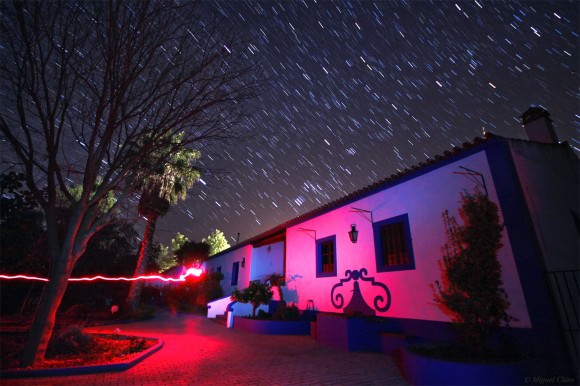
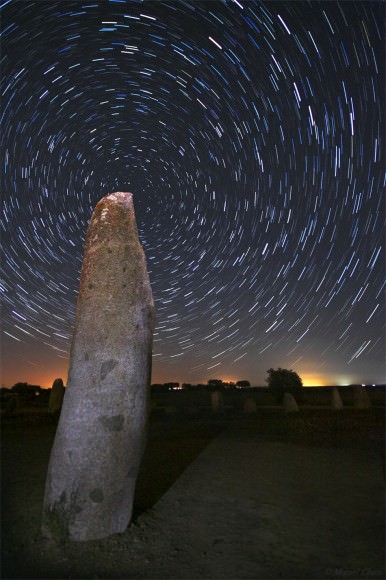
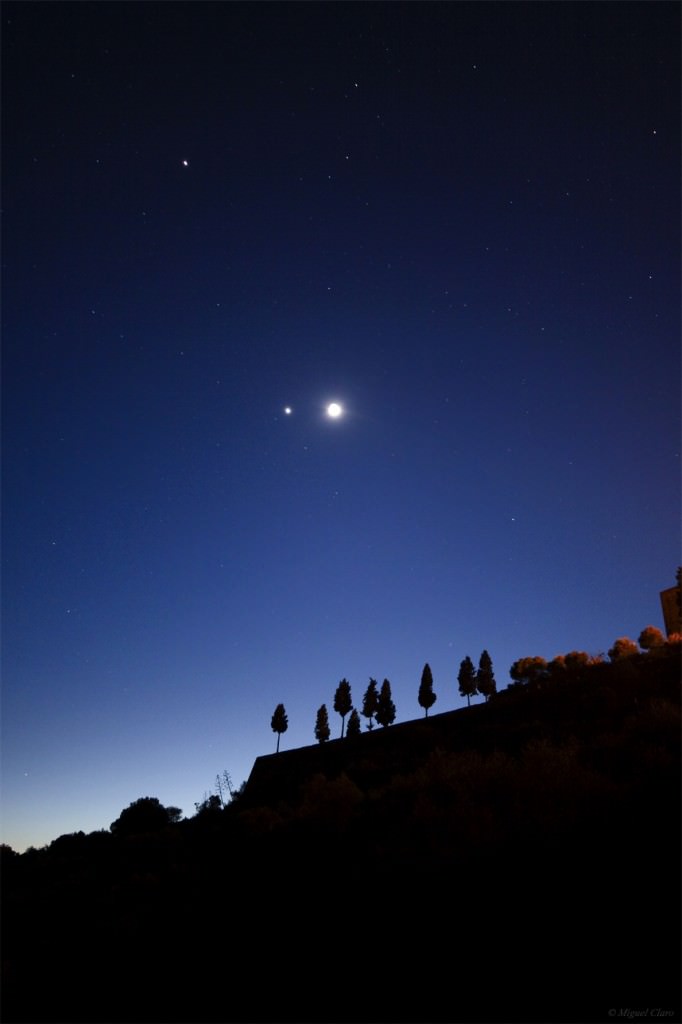
The Alqueva Dark Sky Reserve is coordinated by Genuineland in partnership with the Tourism Lands of the Great Lake Alqueva, the Alentejo Coordination and Regional Development Commission and EDIA, SA and with the collaboration of APAA – Portuguese Association of Amateurs Astronomers- through Dr. Guilherme de Almeida and Eng. Vitor Quinta, as well with external participation of Dr. Raul Lima, for the sky measurements that were made during the certification process.
For more information about the Lake Alqueva Dark Sky Reserve see this website. Enjoy more of Miguel Claro’s images at his website.

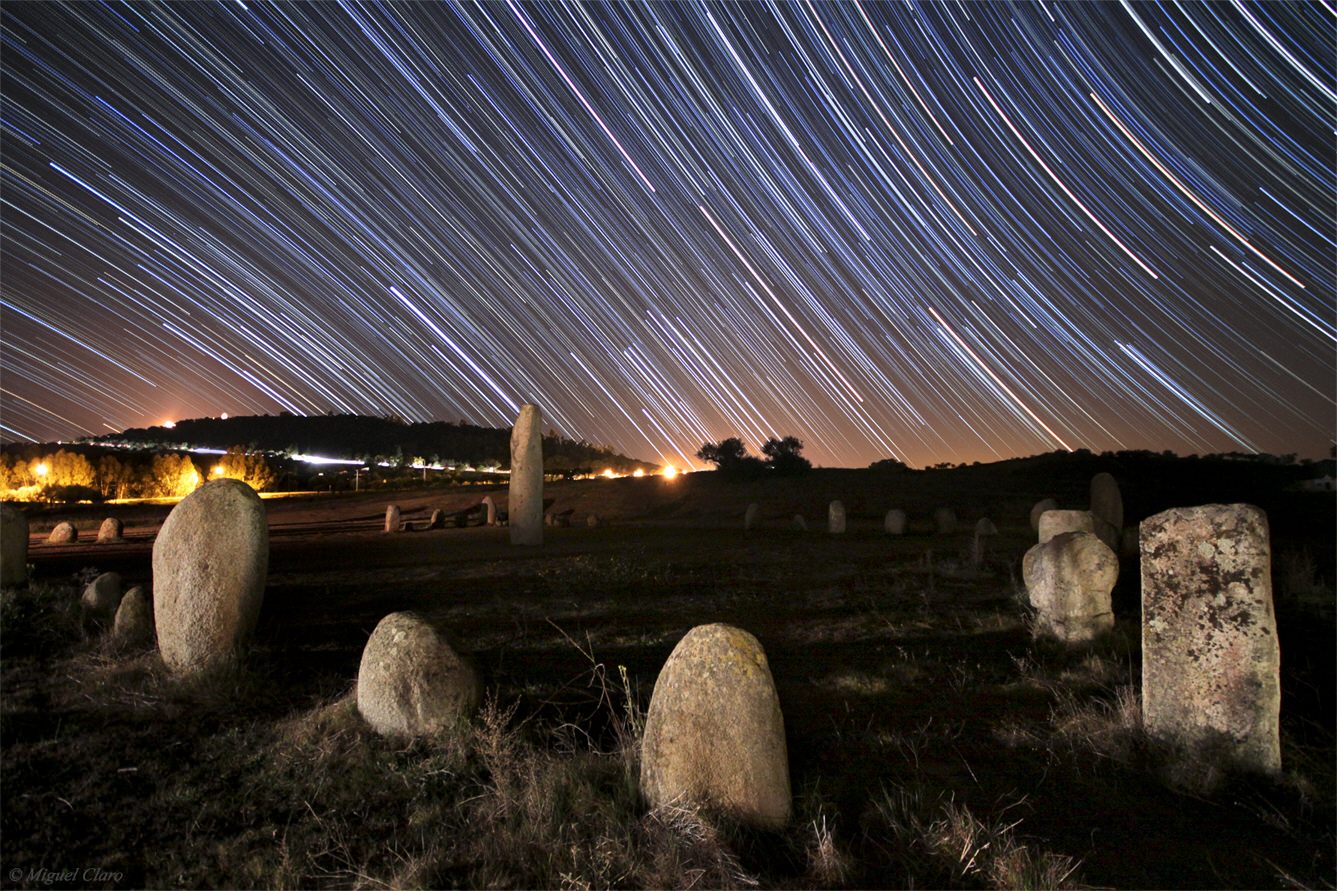
I’ve been thinking of going to Portugal… now I’m sold 🙂
I was asking myself when would it be that Universe Today would post an article on this Dark Sky Reseve. BTW, you can enjoy similar dark skies all over the Portuguese country side along the border with Spain, except for 4 or 5 spots were the “major” cities (major for Portuguese standards) are located – i.e. Vila Nova de Foz Côa where you can also enjoy some old /early human engraved in the rock drawings.
Rui Delgado
Last Photo: Many a photo of like frame I’ve seen. Rare as been the one as lovely as here. From earthly shadows, up to celestial twilight, and out into the darkness of unending night.
It is nice to see my country still has some interest for science… 🙂
Hi Nancy,
This is a great feature and of course it shows that an understanding of how the night sky works was well known to the ancients.
The first image of star trails is good as it shows top right the stars going around the north star in the middle stars above the celestial equator (Orion’s Belt?) and bottom left stars circling the south pole.
The Monolith images clearly show the Stone pointing at the Pole Star – however any isolated stone would do the same depending on camera angle. I assume there is evidence to show its purpose is as shown.
We do of course find similar alignments in Cornwall – it is great to understand how widely the knowledge was shared.
Brian – Roseland Observatory.